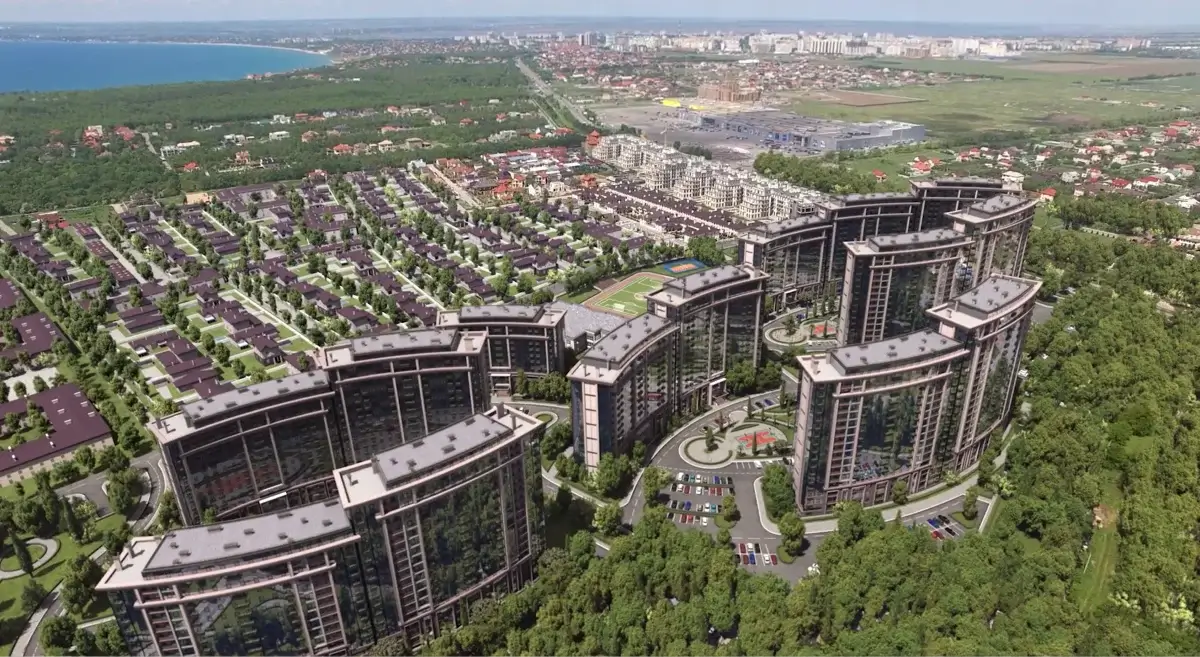# Clip # Direction # Music
The main stages of creating a video clip
24.04.2025
Have you decided to order a video, but don’t know how it all works? What do you need? How does it all happen?
In this article, we will analyze all the stages of video production and explain the entire path from the idea to the finished video.

It should be noted that video clips come in various types and complexities (you can familiarize yourself with the different types of video content here). However, for the sake of simplicity in management and communication, the process of creating any video is divided into three main stages: pre-production, production, and post-production. This is a linear process, but depending on the type, purpose, and complexity of the video, some stages can be simplified or done in parallel.
So, let’s break down these three main stages of video production.
1. Pre-Production or Preparation Phase
This is the first and most important stage in creating a video clip. Its main task is to gather all the necessary information for creating the video and organizing the entire shooting process.
At this stage, you need to determine what your video will be like: the main theme, methods of realization, target audience, duration, overall mood, and more. Good creativity is born during the discussion of the project. So, share details about your company, product, and advantages, as even a small detail can be crucial in shaping the concept of the video. It is during the pre-production phase that many interesting ideas are generated, which can become the foundation of the future video.
Next, based on all the provided information, a technical assignment is created, which should describe all aspects of the future video as accurately as possible.
After that, a script is developed that aligns with all the requirements outlined in the technical assignment. In some cases, a director’s script, storyboard (a visual plan for the video made up of drawings), and director’s explanation may also be prepared.
After discussing and approving the script, the organization of the shooting process begins, which includes: :
- Casting Actors:
Searching for actors based on specific characteristics, conducting auditions/test shoots, and obtaining client approval. - Selection of locations:
Finding filming locations, inspecting, and photographing sites (apartments, studios, natural and urban settings). - Props:
Finding, buying or renting the necessary props. - Forming the Shooting Crew:
Depending on the complexity of the shoot, the crew can consist of anywhere from two to several dozen specialists. - Costume Selection and Makeup Trials:
Creating character looks for the actors in advance, selecting costumes, and conducting fittings. Sometimes, makeup and hairstyle tests are also performed. - Shooting Schedule Planning:
Creating a calendar-scheduling plan (CSP) and meticulously detailing the schedule for each shooting day.
The preparation phase is often the longest stage in video production. Sometimes, planning just one shooting day can require an entire month of preparation. However, by addressing all questions during this preparatory period, we can avoid mistakes during filming.
2. Production or Shooting Phase
After the preparatory phase, the process of creating the video begins. This is one of the most exciting stages of production, but also one of the most responsible. It’s important to note that there are several techniques for creating videos, including live-action shoots with actors and sets, or computer animation and infographics. Let’s focus on the live-action process, as it is the most labor-intensive.
This stage includes preparation on location and shooting itself.
The work of the film crew begins long before the command: “Camera. Motor. Let’s start.” and includes: construction of scenery, preparation of props, installation of equipment and lighting, make-up and costume, as well as work with actors and rehearsals.
Each scene is shot step by step, according to the shooting schedule. The filming process can last from several hours to several days, or even weeks.
The quality of the work done during the shoot directly impacts how easily the editor will be able to work during post-production.
3. Post-production or Editing and Toning Phase
This is the final stage of video production, which begins when all the footage is in the hands of the post-production team.
This phase includes::
- Editing:
(both rough cut and final cut) - Color correction
- Audio work:
(musical accompaniment, voiceover, sound effects, etc.) - Visual effects:
(2D or 3D graphics, titles, graphics, etc.). As a result, a fully completed video is produced.
This is such a difficult way to create a video clip. We hope that this information was useful and will help you in ordering and creating your own video.
